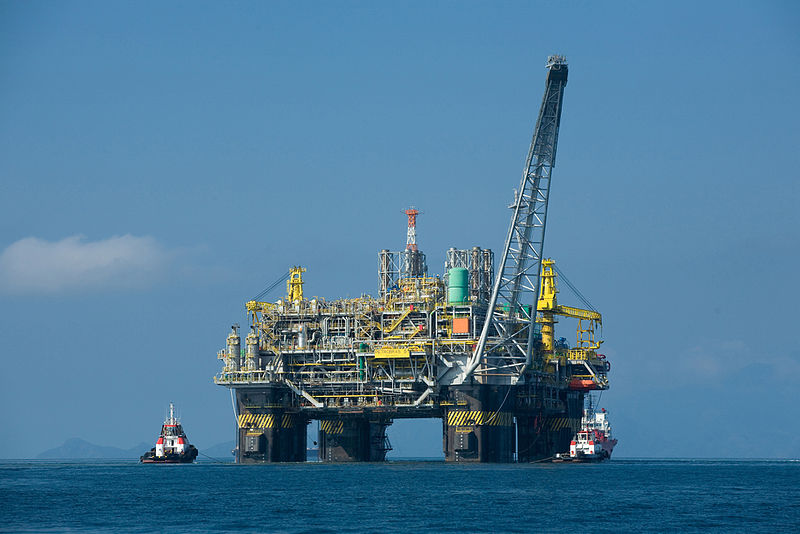The Politics Of Disaster Relief
After a 7.0 magnitude earthquake struck Haiti, the aftershock reached China in ways that few anticipated.The earthquake forced Chinese leaders to navigate the tricky politics of disaster relief.
A version of this article was originally published by Petroleum Economist on May 1, 2020.
South America’s oil producers have been bracing for especially hard times ever since China’s initial coronavirus shutdowns. China is the world’s largest crude oil importer and a critical market for South America, accounting for about 40 percent of the region’s crude exports in 2018, and Chinese companies hold stakes in oil fields all over the region. As a result, the 41 percent drop in China’s first quarter GDP, compounded by the global oil price rout, has been something of a worst case scenario for the region’s producers.
China’s imports of crude reportedly resumed relatively quickly in March, as China showed some signs of economic recovery and as part of a strategic move to boost the country’s stockpiles. Crude imports in March increased by 4.5 percent year on year, even though refiners’ output of oil products fell nearly 7 percent, according to JP Morgan. But the economic and transportation effects of Covid-19 containment efforts are still developing and will likely affect China’s crude oil imports, refinery runs, and domestic consumption through the second quarter of 2020, notes the US Energy Information Agency. Venezuela and Brazil, where oil sectors depend heavily on Chinese markets and direct investment, will be among the hardest hit by the economic downturn in the Asian country.
In Venezuela, where China had already pulled back on trade and investment in response to US sanctions, energy ties will further unwind as a result of the pandemic and collapse of oil prices. The country’s heavy oil fields are unprofitable at current prices, storage space is running out, and the Russian companies that had traded oil on Venezuela’s behalf are now under sanctions as well. Output fell to760,000 b/d in March, down from 660,000 b/d in February. Production and exports likely dropped even more in April.
Although China’s oil for loan agreements with Venezuela encourage the delivery of at least some of the country’s crude to Chinese importers, these lending agreements, which are based on the current price of oil, are practically impossible to honor when oil markets collapse. Nor are shipments of Venezuelan crude particularly attractive under the threat of US sanctions. On the investment side, China has also pulled back amid sanctions. Its main oil projects, Sinovensa, Junín 4, Intercampo and Zumano are producing minimal quantities of oil or completely shut in.
As the second largest non-OPEC supplier to China, Brazil also depends heavily on Chinese demand for its crude. In 2019, 63 percent of Brazil’s total crude was sent to China. For state energy giant Petrobras that number is even higher—about 85 percent of the company’s oil exports are destined for China annually. For Petrobras, much will depend on the health of China’s teapot refineries, which account for about a fifth of China’s crude import demand. The company has sought to expand its customer base in China in recent years by selling small volumes to teapot refineries. The collapse in oil prices could improve margins for these smaller, private refineries, but most will still struggle amid weak domestic demand.
[…]
After a 7.0 magnitude earthquake struck Haiti, the aftershock reached China in ways that few anticipated.The earthquake forced Chinese leaders to navigate the tricky politics of disaster relief.
What should we expect from a newly powerful Brazil? Does the country have the capacity and leadership to be a central actor in addressing critical global and regional problems?
President Lula da Silva triumphantly announced that he and his Turkish counterpart had persuaded Iran to shift a major part of its uranium enrichment program overseas—an objective that had previously eluded the US and other world powers. Washington, however, was not applauding.
 Wikimedia Commons
Wikimedia Commons